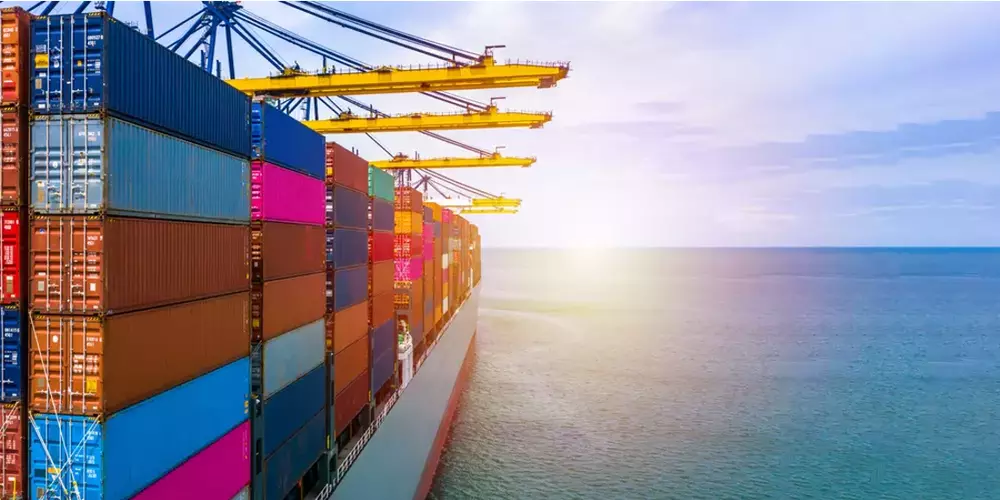
Container shipping rates going to rise high again
ATHENS : Container shipping rates are on the rise once more. In its latest weekly report, shipbroker Xclusiv said that “container shipping rates are soaring, nearing record highs from the pandemic era as the Baltic FBX index is at USD 3,408 / TEU, closing down to the January 2020 levels and 150% higher than the last week of 2023. This rates’ surge is due to a limited supply of containers caused by rerouting around the Red Sea and healthy demand in multiple regions. The busy season has started early, pushing rates on major east-west routes to their highest levels since September 2022. This boom is affecting nearly all routes, including those to Latin America, Africa, and within Asia”.
According to the shipbroker, “these facts resemble the situation in 2021/2022, where a sudden demand surge led to a restricted fleet, box shortages, congestion, and record-high spot rates. This year, the shift in trade patterns has limited the available fleet, causing a shortage of containers. Congestion is moderate at the time, but may worsen as shippers fight for space. The record profits from Q1 2024 are expected to continue in Q2 for the container owners. The geopolitical tensions to Middle East and Houthis led to the Red Sea rerouting, which was the turning point and led container companies from losses in late 2023 to higher freight rates and profit. Additionally, healthy volume growth contributed to the strongest quarterly growth since the pandemic”.
Meanwhile, “moving from market analysis to macroeconomics, April 2024 presented a mixed picture of inflation across major economies. The US showed signs of progress with the Consumer Price Index (CPI) rising 3.4% year-over-year, a slight decrease from March and nearing the Federal Reserve’s target of 2%. Core inflation, excluding volatile food and energy prices, also dipped slightly to 3.6%. Meanwhile, the European Union enjoyed even lower inflation, holding steady at 2.4% annually compared to March.
This significant improvement from the near 10% highs of 2022 suggests a successful taming of inflation and as the ECB Chief Economist told the press, the central bank is ready to cut interest rates in June. China, on the other hand, presented a different story. While inflation peaked at 2.8% in September 2022, it eased to a modest 0.3% in April, reflecting a more stagnant economic environment. This could be due to ongoing efforts to control consumer spending or a correction after previous inflationary pressures. Finally, Japan continued its battle with deflationary tendencies. Despite a slight decrease in the rate of decline, April saw inflation remain at 2.5%, still above the Bank of Japan’s target of 2%. This suggests a need for continued stimulus measures to boost price growth and economic activity”, Xclusiv said.
The shipbroker added that “in China, during the first 4 months of 2024, the imports were increased compared to the same period of 2023. Coal is the commodity which noted the highest increase during the first 4 months of 2024 compared to a year ago, with China increasing its coal imports by 13 % and reaching around 16.1 million metric tonnes. This is followed by grains (5.3 million metric tonnes), iron ore (41.1 million metric tonnes), and copper (933 million metric tonnes) which increased by 9.3%, 7.2 % and 6.9 % accordingly during the same period. China’s imports in April increased also on a monthly basis. More specifically, within April China’s grain and coal imports increased by 25 % and 9% respectively compared to March’s 2024 levels, while iron ore and copper imports increased by mere 1% each”, Xclusiv concluded.
